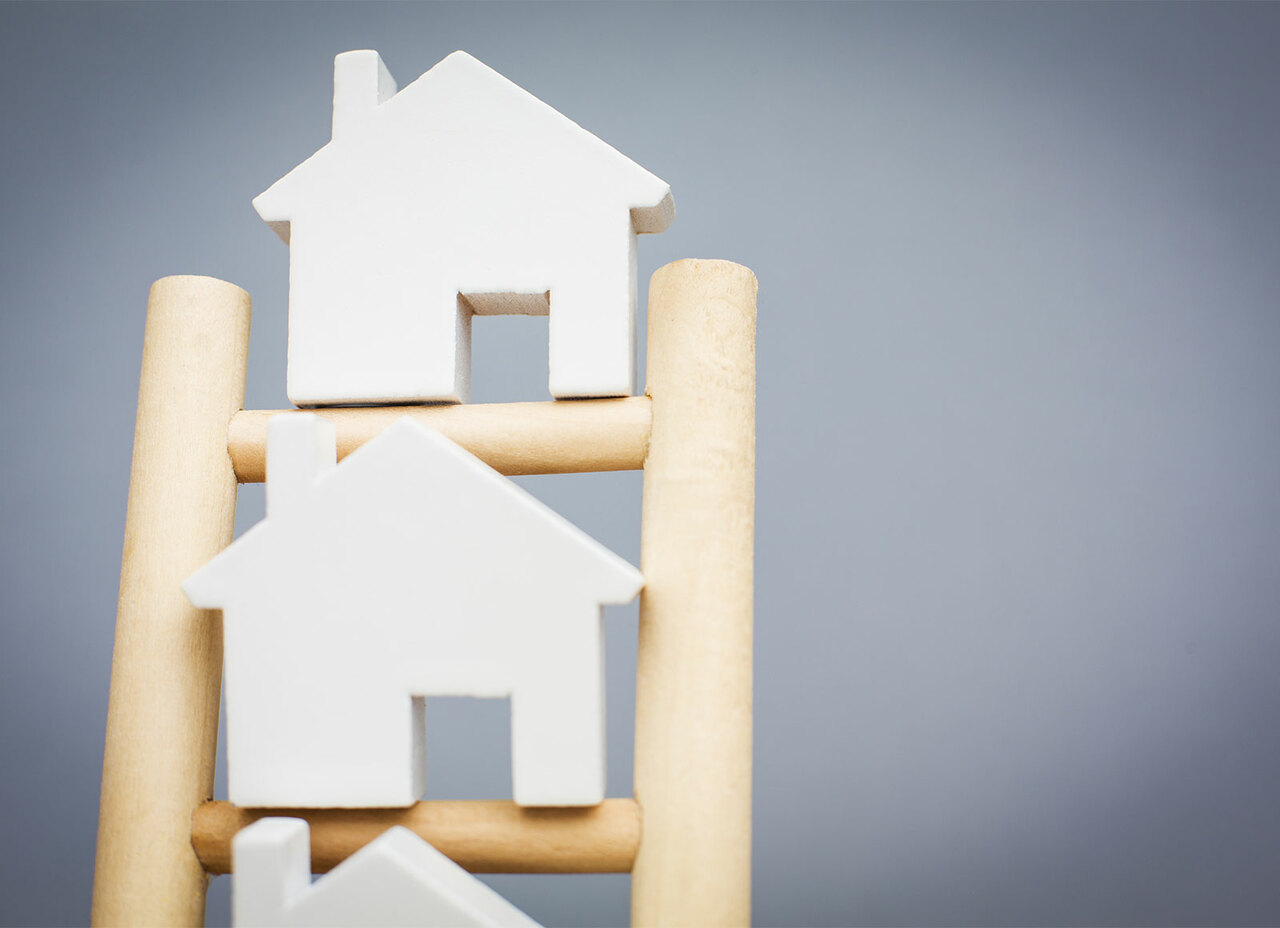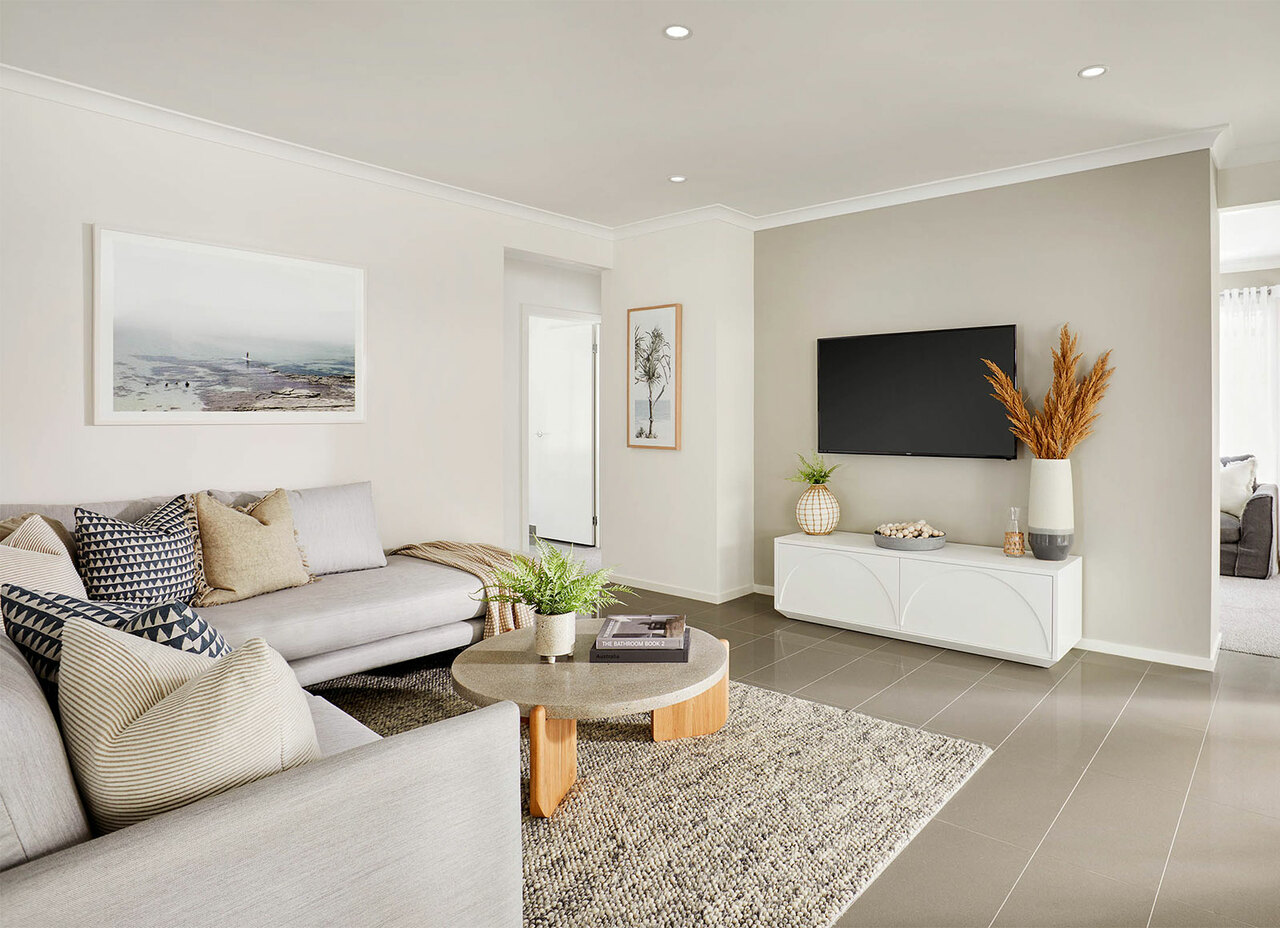How Rentvesting Could Help You Get Your Dream Home

Here’s how to enter the property ladder with rentvesting.
Hoping to break into the property market, but can’t afford to buy where you currently live? Rentvesting might be the answer.
What is rentvesting?
With inner-city prices soaring, the choice for first home buyers can be stark: move further out of the city and away from your friends, or resign yourself to renting forever.
However, you may be able to get your foot on the property ladder another way.

Get your foot on the property ladder and don’t compromise on location. You can start building equity and wealth with rentvesting!
Rentvesting is where you buy or build an investment property, which you rent out to other people while you keep renting in your chosen area or stay living at home. This approach allows you to start building equity and wealth.
It is often cheaper to rent than buy in inner cities, especially large capitals like Melbourne. In outer suburbs and regional areas, rents are usually higher as compared to mortgage costs. Read more on the cost of renting vs buying here.
If you choose the right area, you may be able to achieve a neutral or even positive yield (where the amount of rent you receive is enough to cover all of your home-owning costs) right from the start. Meanwhile, you’re paying down the mortgage while paying less rent yourself.
It’s particularly useful if:
- You’re single and saving on rent by sharing with a friend, and your budget doesn’t allow you to pay a full mortgage on your own.
- You’re happy to live at home for a few more years but you have a lump sum you want to invest.
- You can afford to buy in the suburbs but your lifestyle suits inner-city living.
- Your job means you spend a lot of time travelling, but you know you’ll want to settle down in your home city in the next few years.
How can it help you get into your dream home?
Rentvesting is all very well, but will it help you buy a home of your own? After all, most of us dream of having somewhere we can hang paintings or landscape the yard without permission.
As with everything, rentvesting has pros and cons. Whether it works for you will depend on your circumstances.

Rentvesting can lead to significant tax deductions, particularly if you’re building a new home. Featured here: Beaumont at Aurora Estate, Wollert Estate.
Pros
Tax benefit
You can deduct the costs of an investment property against your taxable income. This is known as ‘negative gearing’. If your property costs more to run than you receive in rent, your taxable income is reduced by the difference. For higher-income earners, this can represent a significant saving.
The real magic comes when you factor in depreciation. Depreciation is a deduction available to cover the cost of wear and tear on items. The ATO recognises that all the items that make up your house, from curtains and carpets to roofs and balconies, lose value over time. You can deduct that loss of value from your income on an annual basis.
Depreciation rules allow higher deductions for brand new properties than for established ones. Building a new house is the best way to maximise depreciation.
Learn more about the tax benefits of investing here.
Building equity
The rent you receive is paying down your mortgage. At the same time, you’re building equity as the value of the property increases. If you want to live in your own house in a few years, you can either:
- Sell the investment property and use the proceeds as a substantial deposit.
- Live in the property yourself, with the option to refinance for lower repayments if you prefer.
- Keep the investment property and borrow against the equity you’ve built up for your own house.
If your property becomes cash flow positive, meaning that the rent you receive is more money than you’re spending on it, you can use the extra to bolster your own repayments.

While rentvesting has its rewards, when you buy an investment property you will be required to pay stamp duty. Learn more here.
Cons
No entitlement to the First Home Owner Grant or stamp duty concessions
The Victorian Government offers a $10,000 grant towards the purchase of a first house if that house is:
- Valued at or under $750,000 and
- Will be occupied as your primary place of residence (PPR) for at least 12 months after settlement.
Likewise, first homeowners who intend to occupy their first home are eligible for a stamp duty exemption or concession. If you’re buying an investment property, however, you will need to pay the full amount of stamp duty. On a $600,000 house, this is $15,535.00. Explore the upfront costs of rentvesting, including potential stamp duty liabilities, using our Stamp Duty Calculator. This tool helps you estimate costs and make informed investment decisions.
You can find out more about eligibility criteria here.
Learn more about First Homeowner Grants in Victoria here.
Capital gains
Your PPR is exempt from capital gains. Investment properties are not. If you intend to sell your investment property to fund a home purchase, bear in mind that you will need to pay tax on any increase in value.
As long as you’ve owned the investment property for more than 12 months, there is a 50% discount available. This means that you’ll only pay CGT on 50% of your profit.
You can calculate the amount of capital gains tax you’ll have to pay using the ATO calculator here.
If you’re considering an investment property, or just want to know what your options are, speak to our in-house construction finance specialists. To find out more about buying the house and land package that suits your budget, call Carlisle Homes on 1300 328 045.
